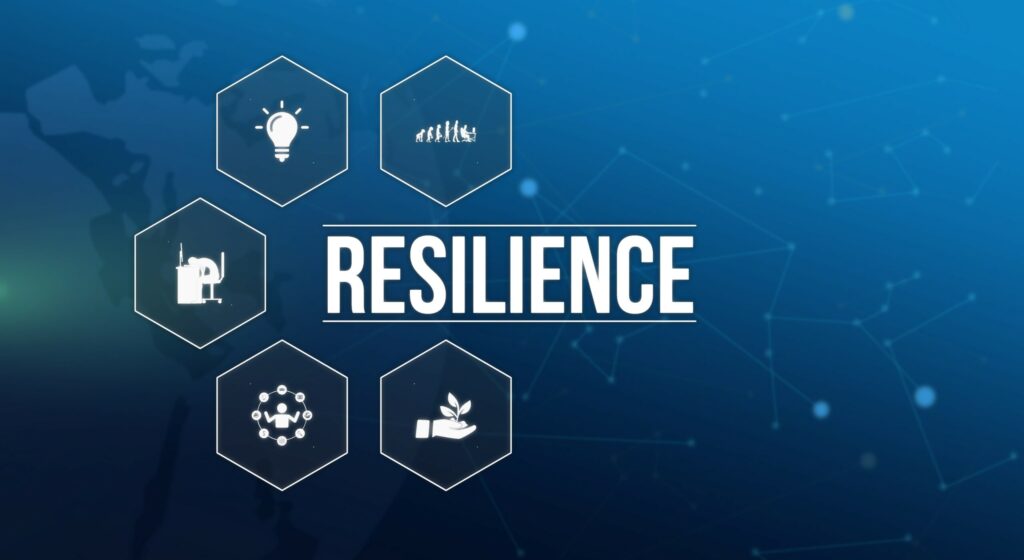4 Ways to Leverage the Cloud

The past few years have highlighted the value of agile and resilient supply chains to meet customer expectations, build trust and loyalty, and grow revenues in the face of market turmoil.
While the pandemic is largely behind us, supply chain disruptions remain a constant threat. Here are four ways to leverage the cloud to enhance resilience.
1. Eliminate data silos. Manufacturers operate in a complex ecosystem involving multiple tiers of suppliers, distributors, and logistics partners, each with their unique set of challenges.
Some companies try to address disconnected applications by adding data to various spreadsheets, but this process requires a huge volume of manual activity. By the time an issue is spotted on a spreadsheet, it’s often too late to change course, reroute shipments, or negotiate with a new supplier.
Investing in integrated applications, analytics tools, and data management in the cloud enables businesses to achieve a higher level of visibility and transparency. With accurate and timely data, organizations can make informed decisions, proactively identify issues, and optimize supply chain processes.
2. Automate supply chain processes. Over the years, businesses have continued to improve their supply chain planning capabilities with fewer and fewer people. Various techniques and capabilities—ABC analysis, blanket orders, EDI—have made planning more efficient and effective by automating mundane and less risky tasks.
As supply chains continue to get more complex and demanding, automation helps to improve speed, accuracy, and resiliency. Automation is critical in enabling supply chain leaders to spot anomalies early and take decisive action based on accurate and timely data.
3. Add AI and predictive technology. Demand forecasting enables organizations to prepare their supply chain and operations for changes in demand. While not perfect, evolving algorithms and machine learning techniques have improved forecast accuracy and helped to improve customer satisfaction and balance inventories.
AI gives organizations the ability to model complex scenarios, anticipate disruptions, and quickly adapt operations in response to disruptions or changing market conditions. The combination of external data signals (weather, traffic, supplier financial performance) with internal supply chain signals (shop data, logistics, ERP data) creates billions of data points that would overwhelm human analysts.
But these algorithms need to be embedded in business processes that often span multiple business areas and require significant compute power. To successfully apply AI to business processes, core applications need to leverage an integrated cloud platform sitting on a high-performance computer infrastructure.
4. Embrace SaaS over cloud-hosted delivery models. Supply chain application updates can have a significant impact on resilience. The ability to quickly apply updates to fix issues, add features, and improve the accuracy of AI algorithms without downtime is critical in enabling businesses to rapidly respond to change.
Application architecture makes a huge difference. For example, a software-as-a-service (SaaS) delivery model enables organizations to consume updates quarterly without downtime or business disruption. In contrast, if an organization hosts its supply chain applications on a cloud hyper-scaler, it will need to reimplement to take advantage of new features and enhancements.
By embracing continuous innovation on an integrated business platform, organizations can enhance visibility, create adaptable and resilient supply chains, and meet customer expectations.

